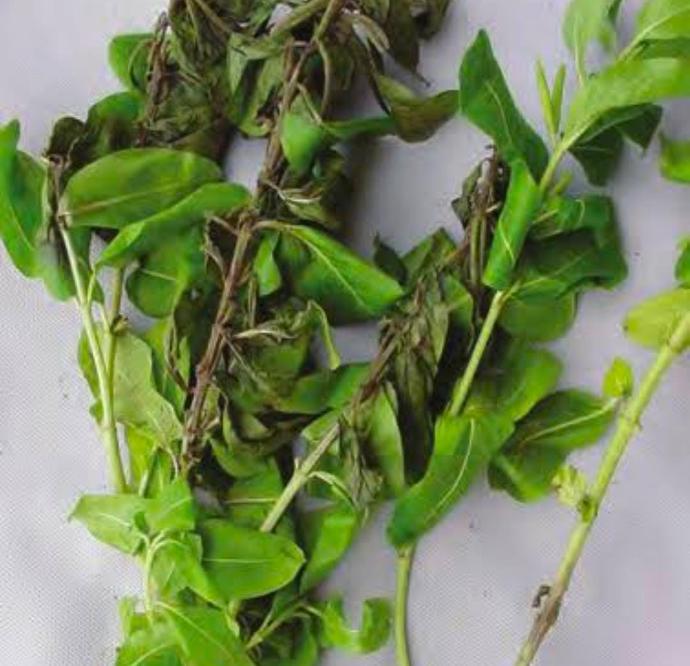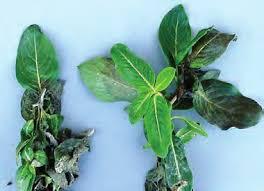Vinca Plant
Vincas, herbaceous perennials with fast growth, prefer well-drained soil and full sun. With moderate moisture needs, Vincas are often used for ground cover and in decorative plantings, known for their vibrant flowers.
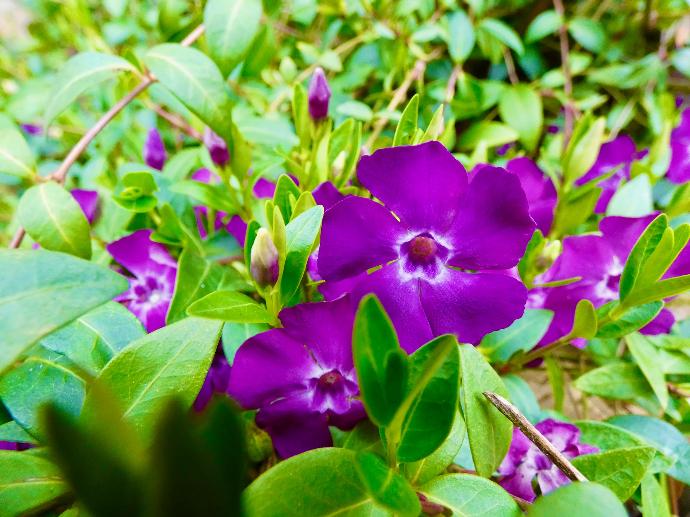
Habit
Herbaceous Perennial
Height
0.3 to 0.6 m
Growth
Fast
Soil
Well-drained, Loamy
Shade
Full Sun
Moisture
Moderate
Edible
No
Medicinal
No
Origin
Europe, Africa
Climatic Condition
Tropical, Subtropical
Temperature (°)
20°C to 30°C
Humidity (%)
60% to 80%
Potting media
50% Loam, 40% Sand, 10% Compost
Fertilizers
Organic Fertilizer
Watering
Regular watering
Plant Weight
0.3 to 0.5 kg
Flowering Time
Spring to Fall
Soil Ph level
6.0 to 7.5
Water Ph level
6.0 to 7.0
Soil EC
0.5 to 0.7 mS/cm
Yield Per Plant
3 to 5 kg per plant
NPK ratio
10:10:10
life Span
2 to 3 years
Health Benefits
Medicinal, Ornamental
Suggested Grow Media or Potting Mix ?
50% loamy soil, 30% compost, 20% sand
Suggested Fertigation/Fertilizers
Fertilize every 2 weeks with a balanced fertilizer.
Common Diseases and Remedies
Stem blight , root and stem rot
Dark or black shiny , lesions on older stems
use neem oil or vinegar or baking soda
HEALTH BENEFITS
1. Antioxidant properties: Vinca contains antioxidants that can help protect against oxidative stress and inflammation.
2. May help reduce inflammation: Vinca's antioxidants and other compounds may help reduce inflammation and improve overall health.
3. May have antimicrobial properties: Vinca may have antimicrobial properties that can help prevent infections.
What Is An Vinca Tree?
Vinca, ordinarily known as periwinkle, is a flexible and low-upkeep blooming plant found in gardens around the world. Having a place with the Apocynaceae family, Vinca species regularly highlight lustrous green foliage and produce little, trumpet-formed blossoms in shades of blue, purple, pink, or white. With its capacity to flourish in different soil types and light circumstances, Vinca is a well known decision for ground cover, boundaries, and compartment cultivating. Its spreading propensity and capacity to smother weeds make it ideal for finishing projects. Moreover, some Vinca species have restorative properties and are utilized in customary home grown cures. Generally speaking, Vinca is esteemed for its flexibility, excellence, and simplicity of development.
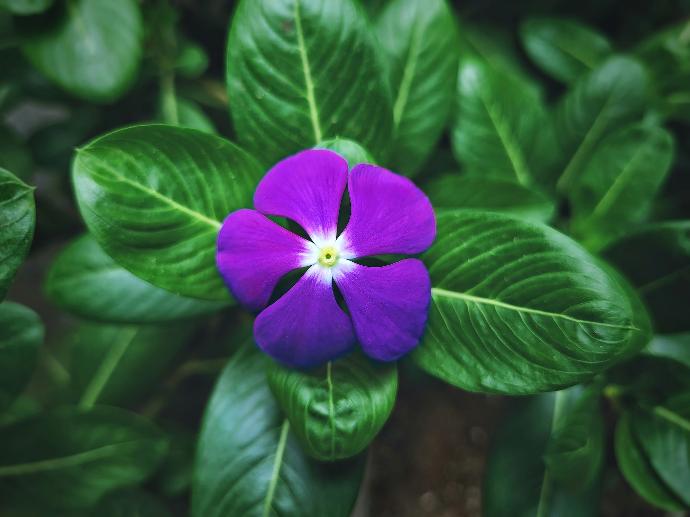
What Are The Different Types Of Vinca Plants?
1. Vinca major
Otherwise called bigleaf periwinkle, it highlights bigger leaves and blossoms contrasted with different species. It's frequently utilized as ground cover in obscure regions.
2. Vinca minor
Known as normal periwinkle or bantam periwinkle, it has more modest leaves and blossoms and is usually utilized as ground cover in nurseries and scenes.
3. Vinca difformis
his species is like Vinca minor however has bigger blossoms and is local to Spain and Portugal.
4. Vinca rosea
Likewise called Madagascar periwinkle, it's known for its lively blossoms and is in many cases developed as a yearly in calm districts or as an enduring in hotter environments.
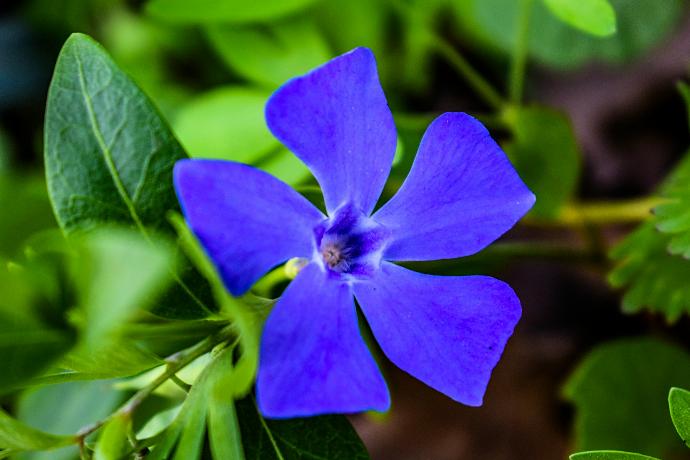
How to care for Vinca Plants ?
1. Location
Vinca plants flourish in different areas relying upon the species and cultivar. As a rule, they favor very much depleted soil with moderate dampness levels and inclined toward full daylight. In any case, a few animal varieties, similar to Vinca minor, endure conceal better compared to other people. They can be filled in gardens, scenes, boundaries, or compartments. Vinca plants are versatile to various soil types, including sandy, loamy, or mud soils, for however long they are very much depleted. It's fundamental to consider the particular necessities of the picked species or cultivar while choosing an area for planting.
2. Soil
Vinca plants ordinarily favor inclined toward full daylight. They flourish in areas that get no less than 4-6 hours of direct daylight each day. Notwithstanding, they can likewise endure some shade, particularly in more sweltering environments, yet may create less blossoms in concealed regions. Giving sufficient daylight is vital to the solid development and blooming of Vinca plants, yet they can adjust to a scope of light circumstances, settling on them flexible decisions for finishing projects.
3. Hydration
Vinca plants lean toward moderate degrees of dampness in very much depleted soil. They could do without to be reliably wet or waterlogged, as this can prompt root decay and different issues. It's fundamental for water Vinca plants consistently, particularly during hot and dry periods, yet permit the dirt to dry out somewhat between waterings. Expect to keep the dirt reliably damp yet not waterlogged. Mulching around the foundation of the plants can assist with holding dampness and manage soil temperature. Stay away from overwatering, as this can be hindering to the wellbeing of Vinca plants.
4. Nourishment
Vinca plants benefit from standard taking care of with a decent manure during the developing season to help sound development and blossoming. A universally useful manure with a balance of nitrogen, phosphorus, and potassium (N-P-K) can be applied by the maker's directions. Also, integrating natural matter, for example, manure into the dirt prior to planting can give fundamental supplements and further develop soil structure. It's fundamental not to over-prepare Vinca plants, as extreme nitrogen can advance lavish foliage development to the detriment of blossoms. Keeping suggested taking care of rules and observing plant wellbeing is vital to giving the important sustenance to Vinca plants.
5. Issues
Extreme dampness can prompt root decay and other contagious infections. It's vital to permit the dirt to dry out somewhat among waterings and stay away from waterlogged circumstances.
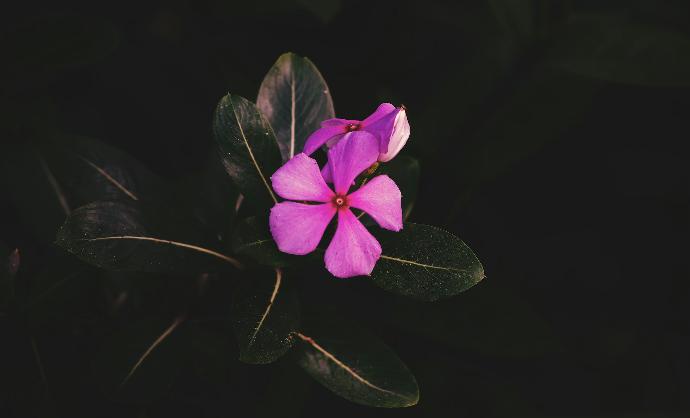
What are the Benefits of Vinca Plants ?
1. *Attractive flowers:* Vinca plants produce lovely, bright blossoms in shades of blue, purple, pink, or white, adding visual allure for nurseries and scenes.
2. *Ground cover:* Vinca is frequently utilized as ground cover because of its spreading propensity, which stifles weeds and fill in uncovered regions in nurseries and scenes.
3. *Low maintenance:* Vinca plants are generally low-upkeep and require negligible consideration once settled, making them ideal for occupied grounds-keepers or low-support scenes.
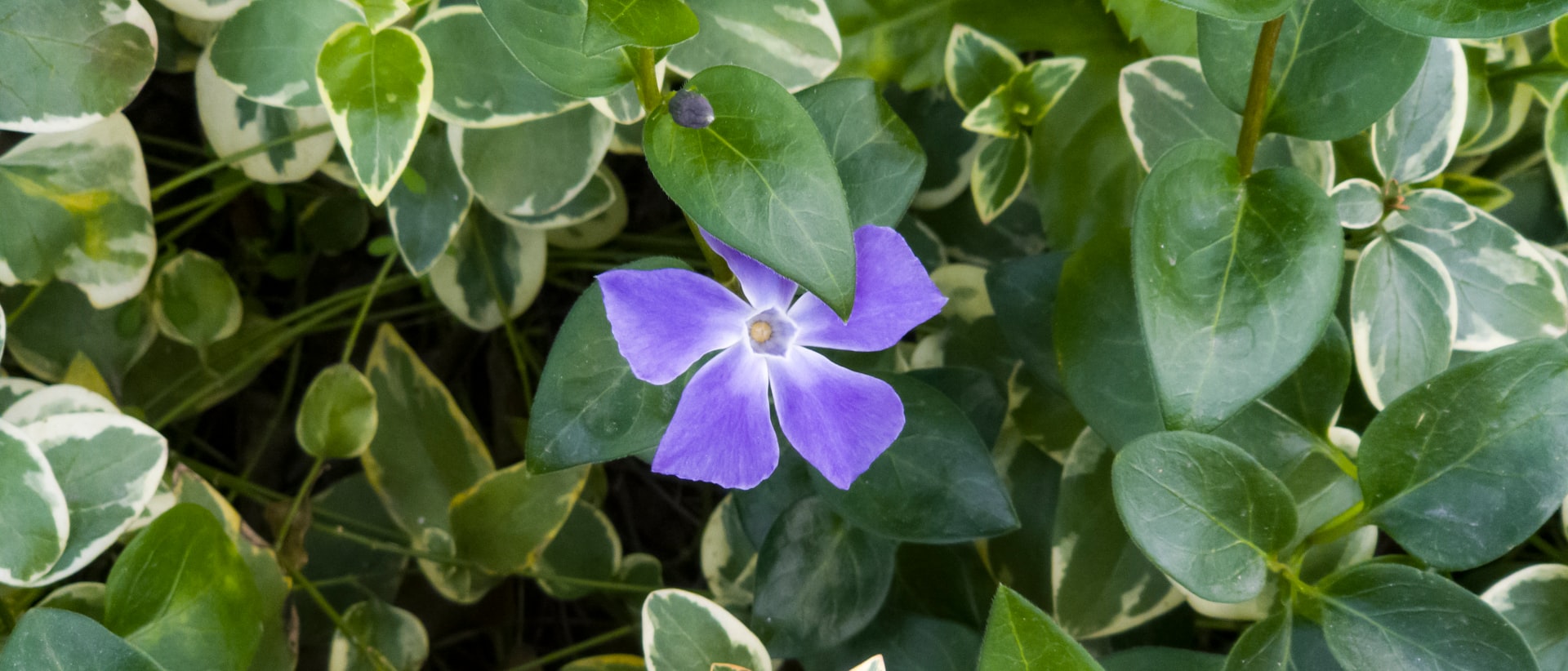
FAQs About Growing Vinca
1. How to keep up with vinca plant?
Water Vinca plants routinely, particularly during dry periods, however permit the dirt to dry out somewhat between waterings to forestall overwatering and root decay.
2. What are the purposes of vinca plant?
Vinca plants are essentially developed for their alluring blossoms, which add magnificence and variety to nurseries, scenes, and compartments.
3. Can I grow vinca plant indoor?
Vinca plants require bright, indirect sunlight when grown indoors. Place them near a south or west-facing window where they can receive at least 4-6 hours of sunlight per day. If natural light is insufficient, supplement with grow lights.
4. Which pot is best for growing vinca plant?
Choose a pot that is large enough to accommodate the size of the Vinca plant and allow room for root growth. A pot with a diameter of at least 8-10 inches (20-25 cm) is suitable for a single Vinca plant.
5. From where can I shop vinca plant?
Visit nearby nurseries or garden centers in your area. They often carry a variety of plants, including Vinca, and can provide guidance on care and cultivation.
